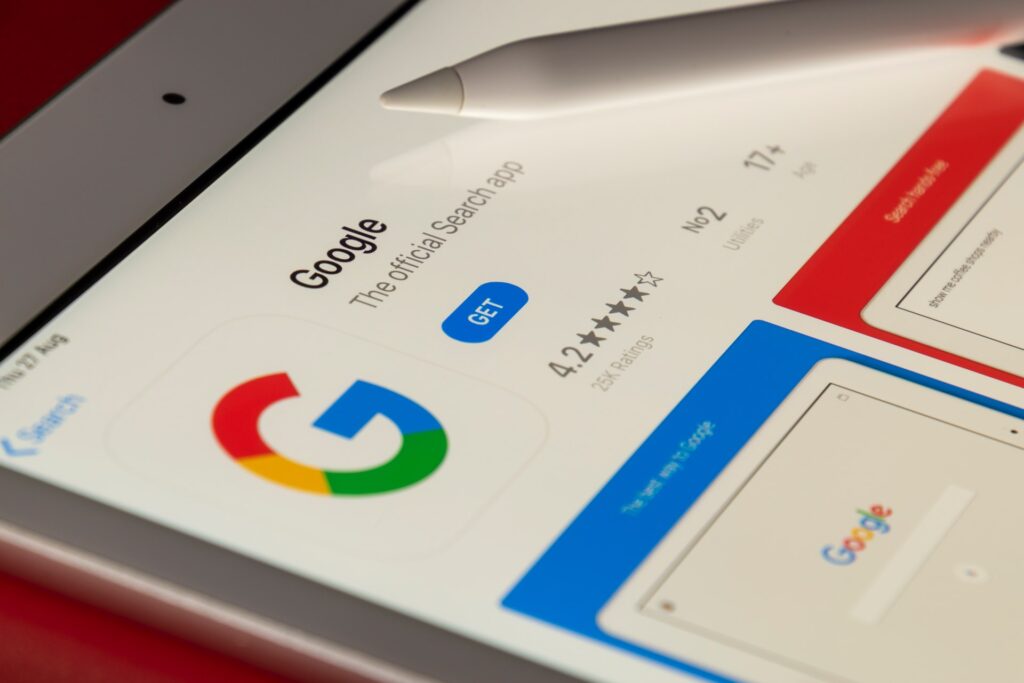
6 Tips for Developing a Successful Online Marketing Strategy
The Internet has reshaped the whole world, including how we buy things, sell them and advertise. Even when we speak about marketing, we often think of traditional advertising like TV commercials, posters, and other forms that have already become a side tool, replaced by much more effective ones. No need to mention these effective tools are all online. There are tons of reasons why successful companies choose to invest more in online tools, and one of them is that it is way easier to extract precious information about the market, than with traditional tools.
However, not every strategy is a successful one. Online marketing became a wide subject that requires some time to study in order to give results. For this reason, we’ve created 5 useful tips for developing a successful online marketing strategy. Let’s start from the basics.
1. Think about who is your audience

Why is it so important? You want to aim for those people who are most likely to use your product or service. Hence the importance of knowing who they are, if they are the ones you need to reach out and communicate with. Additionally, without knowing your audience you won’t be able to deliver a relevant message that will motivate them to take action – consume what you’re selling.
So, how can you better understand your audience? There’s a simple technique and it’s called creating your buyer profile, or buyer persona. It is kind of designing your ideal customer, and it goes into details such as gender, age, level of education, place of residence, income, marital status, whether he is a parent or not, what he wants in life, what motivates him, what he is afraid of, in which groups moves and what can motivate him to buy and what can distract from it.
2. Optimize

In simplest of words optimization (SEO) is that which allows your website to be ranked among the first results when people do internet searching via any engine. This is without you having to pay for it, so it’s different from paid online advertising.
Here’s an example, to search for the term “baby food” those websites that are among the first results have the best optimization for the offered results.
This is one of the best and free ways to attract new customers because your site imposes itself as the first solution to users’ problems. This was confirmed by research because it was shown that users most often click on the first three to four results, and websites that are on the second page of the search engine receive 95% fewer visits than those that are on the first page. No need to say you want to aim for the first page, and if you don’t have resources in doing this on your own, then it’s best to consult, or hire professionals to do it for you. To learn more about optimization, visit www.thesearchequation.com
3. Work on your content marketing

Even though you’ll find it as an integral part of optimization, it deserves to be mentioned separately, because it’s a wide subject as well. Content marketing refers to so many things, but we’ll mention some of the most popular formats:
- Blogs – certainly the most popular format and for many companies a central part of content marketing strategy. It’s good to use a blog as a content marketing tool because Google easily indexes them, users like to read and share them, and they’re also a quick way to provide value at a relatively low cost.
- e-books – another popular way that will require a little more time than a blog. They can be real magnets for increasing online audiences, newsletter subscribers, and for gaining new customers. The number of pages is not conditional, but it is important that they really offer value to the user, and not just be the way you get to their email.
- case studies – case studies are a great way to show your audience how you have done something successfully by example. In this way, you give them practical knowledge, and at the same time, you show your expertise in a certain field.
4. Advertise
Wondering where? Simple, Google Ads today is the largest advertising network that allows ads to appear on all channels owned by their company. Since they have created a whole empire of different networks, e-mail providers, and things you can rest assured your business will be covered in terms of representation and online visibility.
You’ve probably encountered ads yourself when searching for queries or browsing web pages.
5. Understand your brand

What is the simplest definition of a brand? A brand can be described as the personality of your business. It defines who you really are, how you work, and what you stand for. Ultimately, this is what your potential customers think and know about you, and based on it they decide to buy your products or services.
Therefore, it is necessary to define well some things related to the brand. Ask yourself questions about what you stand for, what things you would point out about your business, how you communicate your values through your visuals, website, and social media. Get to the core of it all.
6. Measure results
Every activity should be measured. After all, how can you know if you have been successful in achieving your goals, or if your expectations were realistic? Determine how you will measure your goals and track whether your campaigns are performing well. There are a number of metrics that signal the success or failure of a campaign, but it is up to you and your content to follow. Before getting your campaign started, get to know the metrics that are important for tracking your goals.
One final tip is to keep up with the trends. Just like the internet has been changing and improving all these years, online marketing changes with it. Implementing new tools and trends will make you maintain your good image and success.
